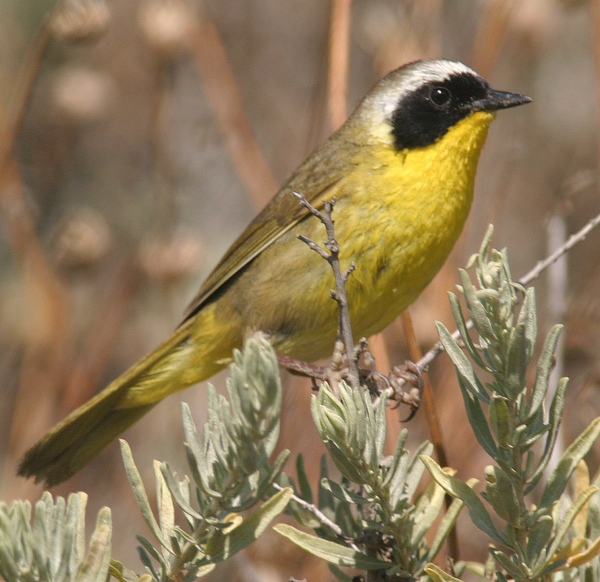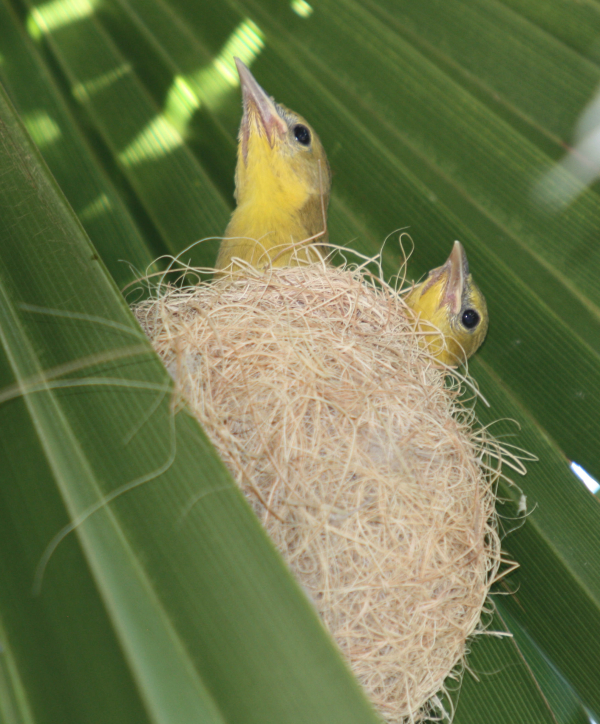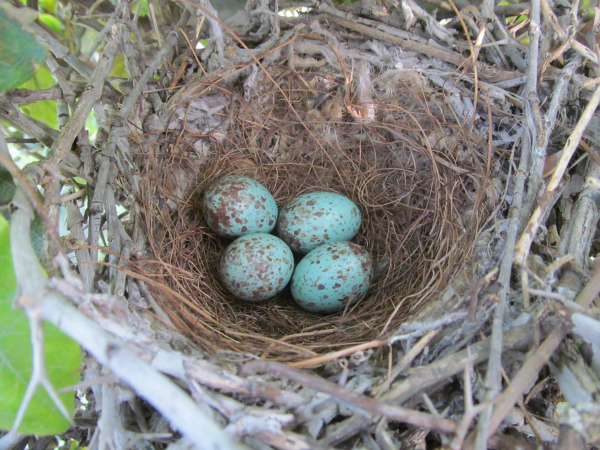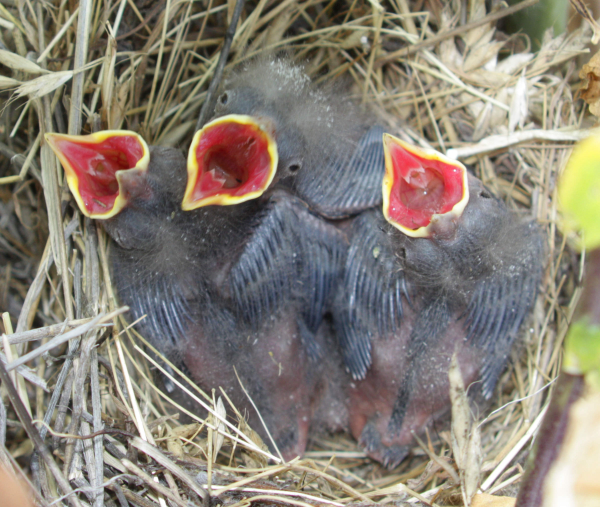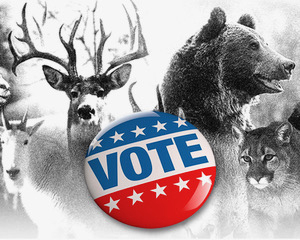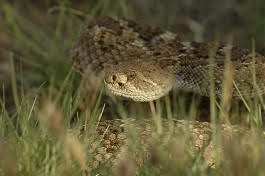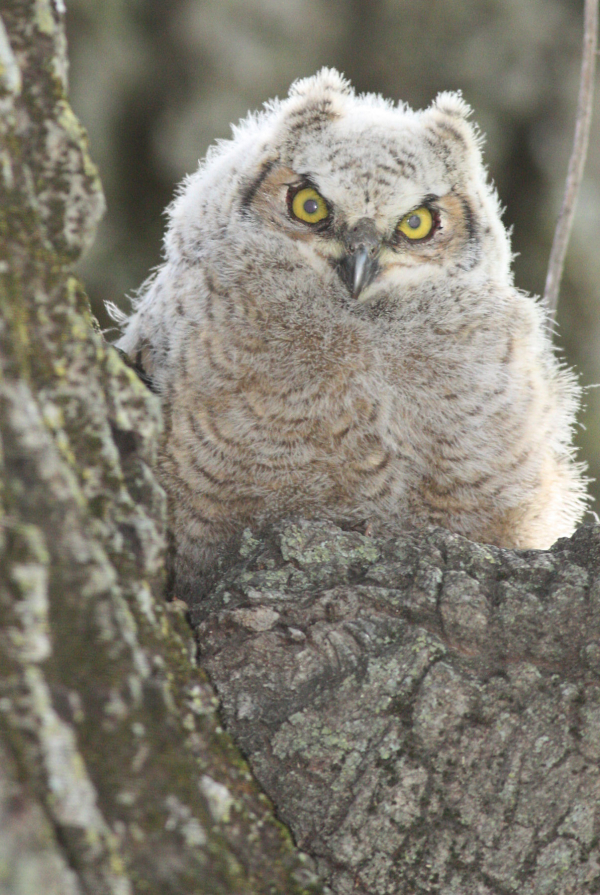Federal, State Agencies Cancel Waterfowl Breeding and Habitat Survey
Officials will use long-term data to predict spring 2020 waterfowl abundance
MEMPHIS, TN – For the first time in its 65-year history, the Waterfowl Breeding Population and Habitat Survey has been cancelled by the U.S. Fish and Wildlife Service (USFWS), Canadian Wildlife Service (CWS) and state partners due to COVID-19 restrictions.
The USFWS and CWS also cancelled participation in the American Woodcock Singing-ground Survey, Mid-continent Population Sandhill Crane Survey, and Arctic Goose Banding Program. The U.S. Geological Survey cancelled the North American Breeding Bird Survey, data from which is also important in monitoring bird abundance and regulating harvest of some species.
The May survey has been successfully completed every year since 1955 and its data used to estimate breeding population size and inform harvest management decisions for many waterfowl species.
Cancellation of these surveys will create a one-year gap in the record of waterfowl population estimates. The USFWS, in consultation with the Flyway Councils, will use long-term data from spring/summer monitoring for these species to make regulatory harvest management decisions. Read more

